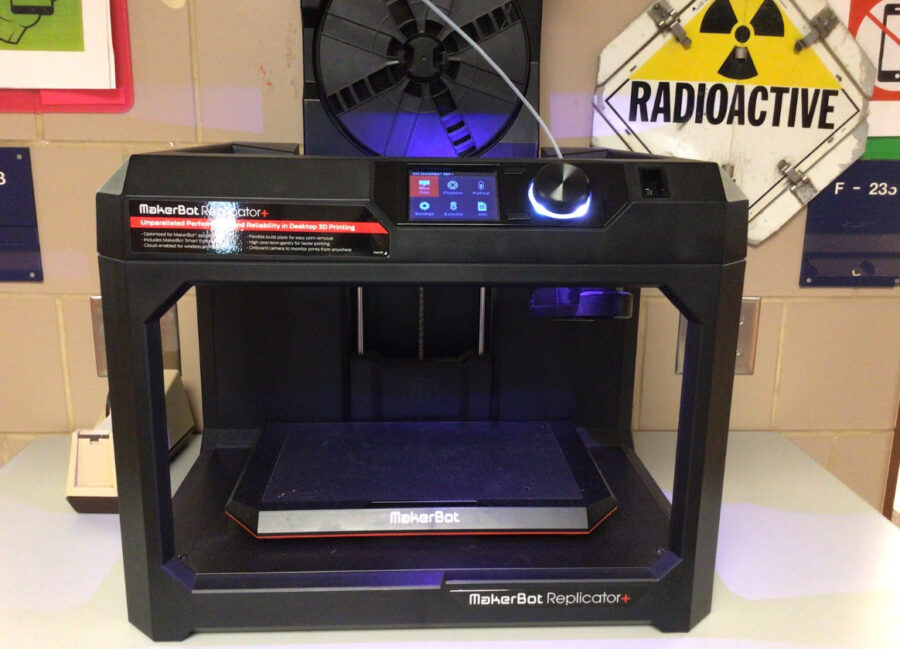Growth of automation impacts skills needed for jobs
According to a report by the US Bureau of Labor, certain occupations such as housekeepers and financial advisors could be replaced by automation. This growth of artificial intelligence could affect and possibly displace the careers of over 16 million people.
For many educators, technology has already changed the ways that people meet. In 2020, the Zoom app provided an area for students and teachers to communicate while at home. Additionally, many assignments are being given online through organized educational platforms such as Canvas rather than on pieces of paper.
“There are still going to be people working with each other one-on-one, but the way we meet may change,” Hershey High School career coordinator Victoria Smith said.
However, certain skills needed for jobs could continue to stay the same regardless of technological advancements. These skills may include teamwork, problem solving, and the ability to be open to new ideas.
“Even with technology growing in the workplace, you still have to be able to work as a team, whether that is in person or through a screen,” Smith said.
Sam Brenneman, the technology education and engineering design teacher at HHS, also stresses the importance of perseverance. In Brenneman’s engineering classes, his students adapt to the usage of new computer equipment and software. He mentioned that, although the students may end up making some errors in their projects, it is all a part of the learning process.
Using computer aided design (CAD), computer aided manufacturing (CAM), and fused deposition modeling printing (FDM), Brenneman’s students created iPad stands for a project. Brenneman instructed students on how to use CAD, which then interfaces with CAM. The CAM program then uses algorithms to create the designed product with modeling paths.
“I find it extremely helpful: they design and see it in real life, it helps you get feedback and assess your own design,” Brenneman said.
Beside the skills needed to obtain a job itself, the technology itself is continuously evolving as well. Newer FDM printers can now print materials other than thermoplastics, such as stainless steel and carbon fiber nylon.
“From what I have seen in the past 25 years, technology will continue to change and evolve,” Brenneman said.
With the growth of programming and other forms of technology in companies, rising workers will need to consider this advancement when deciding on a career. The US Bureau of Labor includes information on some of the projected fastest growing occupations through 2031.

Ashley Bu has been in The Broadcaster for three years, and she is currently the senior world editor. Besides working for the school newspaper, she enjoys...




